
About
Through interdisciplinary and collaborative innovation, we are driving the future of the Information Age.
Opening its doors in 1999, the College of Information Sciences and Technology at Penn State is home to a thriving community of students, scholars, staff, alumni, and friends. Through innovative research and a student-centered approach to interdisciplinary education, we are delivering on the college's founding mission to prepare leaders for the Information Age. Our passionate students, renowned faculty, and supportive alumni network have propelled the college to forge new frontiers and create a meaningful impact at Penn State and beyond.

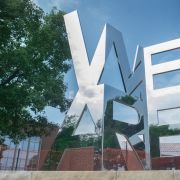
Directory
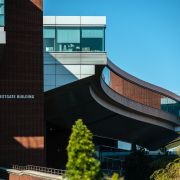
Location and Contact

Employment Opportunities
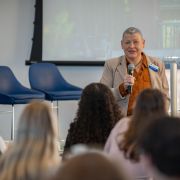
From the Dean
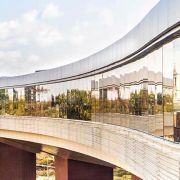
Mission, Vision, and Strategic Plan

College Leadership

Departments

Our History
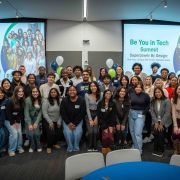
Diversity, Equity, Inclusion and Belonging
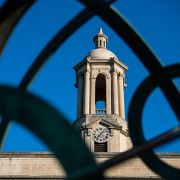
Dean's Advisory Board

iConnect Magazine
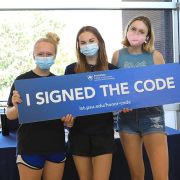
IST Honor Code
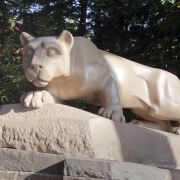
George J. McMurtry Faculty Excellence in Teaching and Learning Award

Distinguished Lecture Series
Recent News
January 14, 2026
Center for Socially Responsible AI awards seed funding to seven diverse projects

January 12, 2026
Alumna takes advantage of matching opportunities to create new scholarship
December 19, 2025
IST researchers well-represented at international AI conference

December 18, 2025
IST recognizes faculty and staff at annual awards ceremony
Upcoming Events
Feb
17
Universal Destinations & Experiences Fall 2026 Internship Webinar
Date & Time: February 17, 2026, 5:00 pm–6:00 pm
Location: Virtual via Teams

Feb
02
Fast Enterprises Recruiting Day
Date & Time: February 2, 2026, 1:00 pm–3:00 pm
Location: 2nd floor East hallway, Westgate Building
Jan
20
Pfizer M.S. Summer Internship Program - Info Session
Date & Time: January 20, 2026, 1:00 pm–2:00 pm
Location: Virtual
Feb
19
Interstride: Job Search Strategy for International Students
Date & Time: February 19, 2026, 4:00 pm–5:00 pm
Location: Virtual via Zoom

